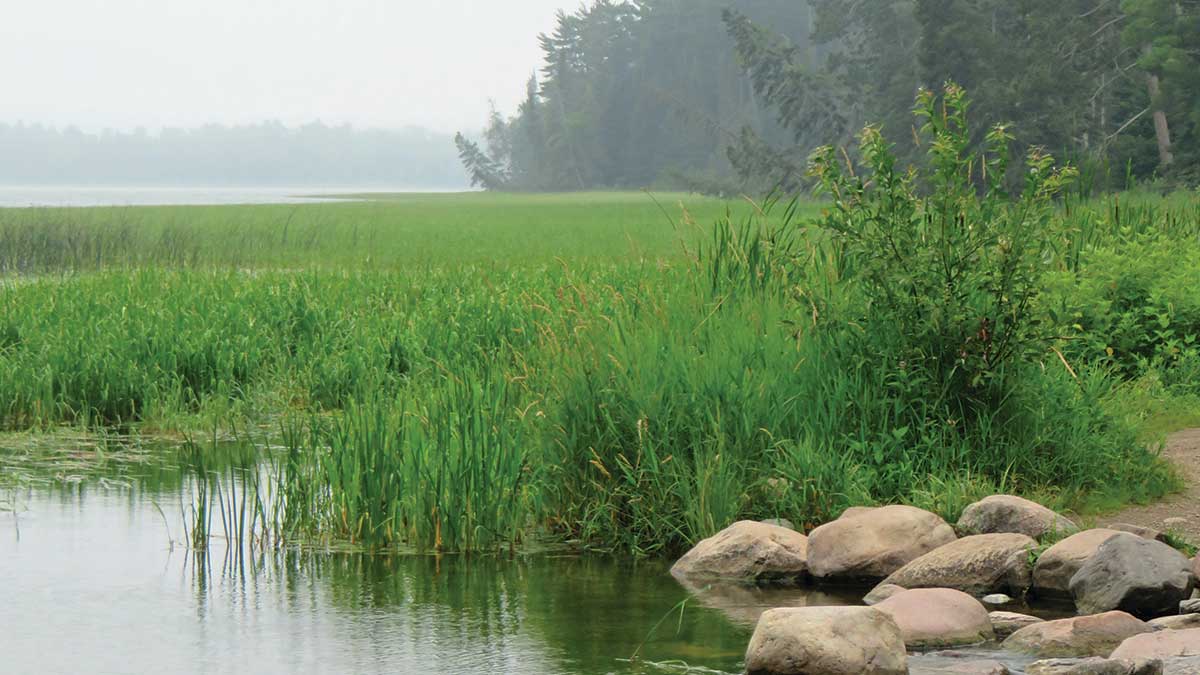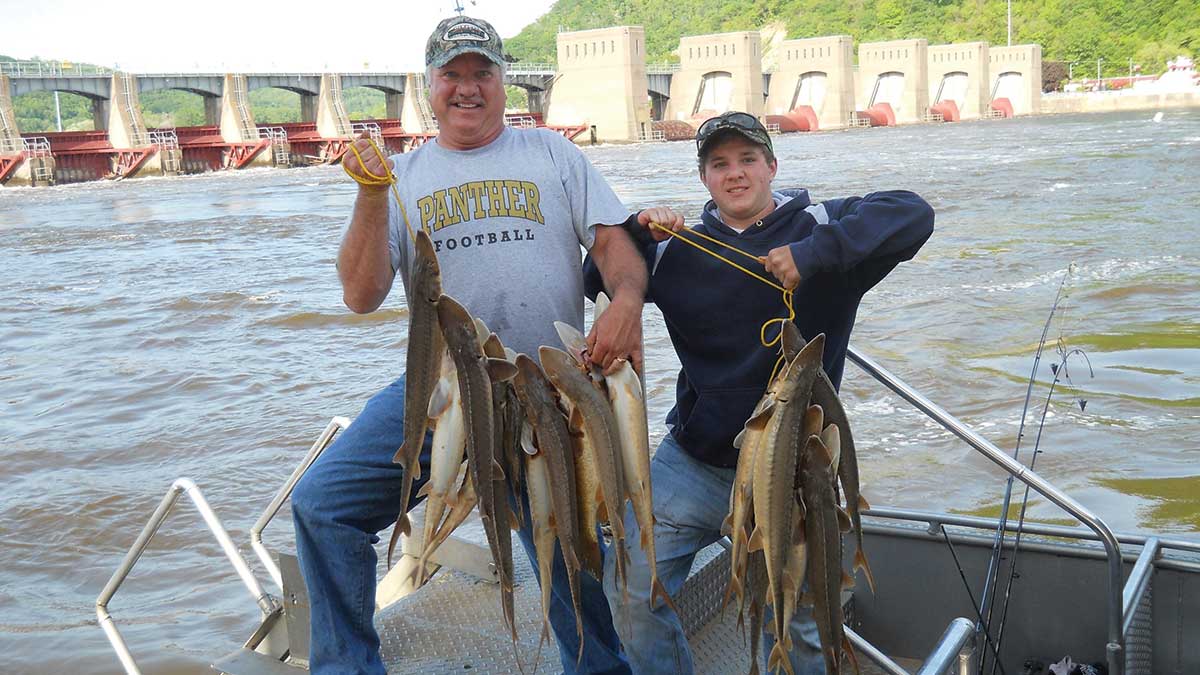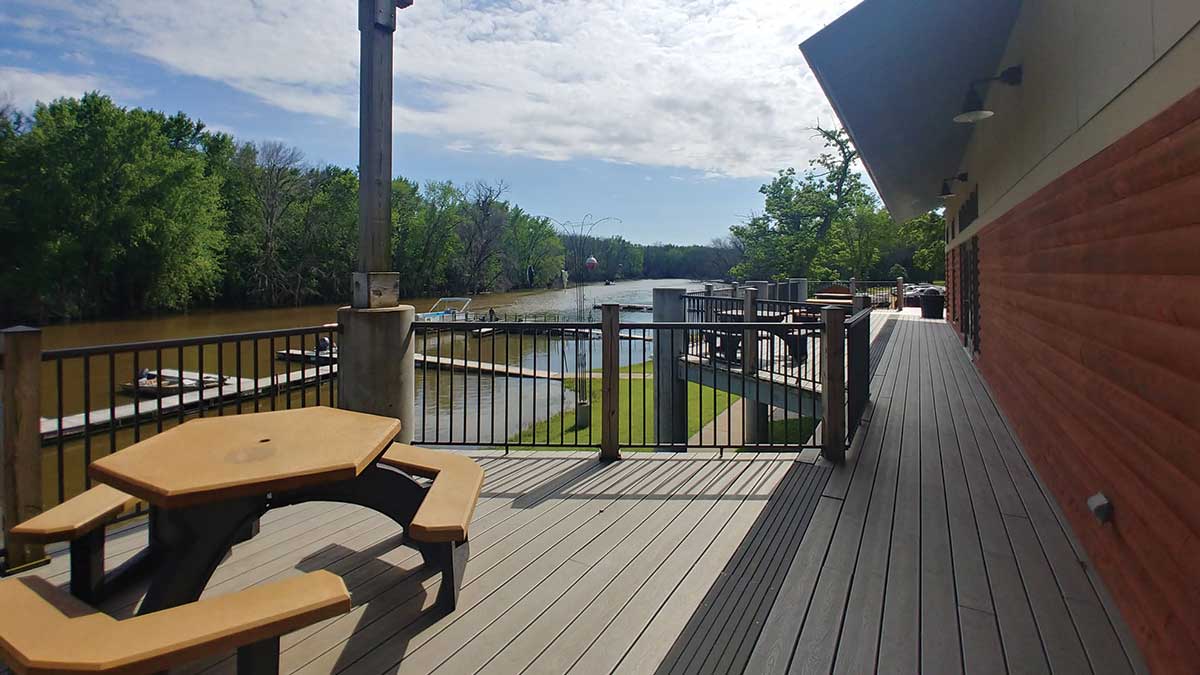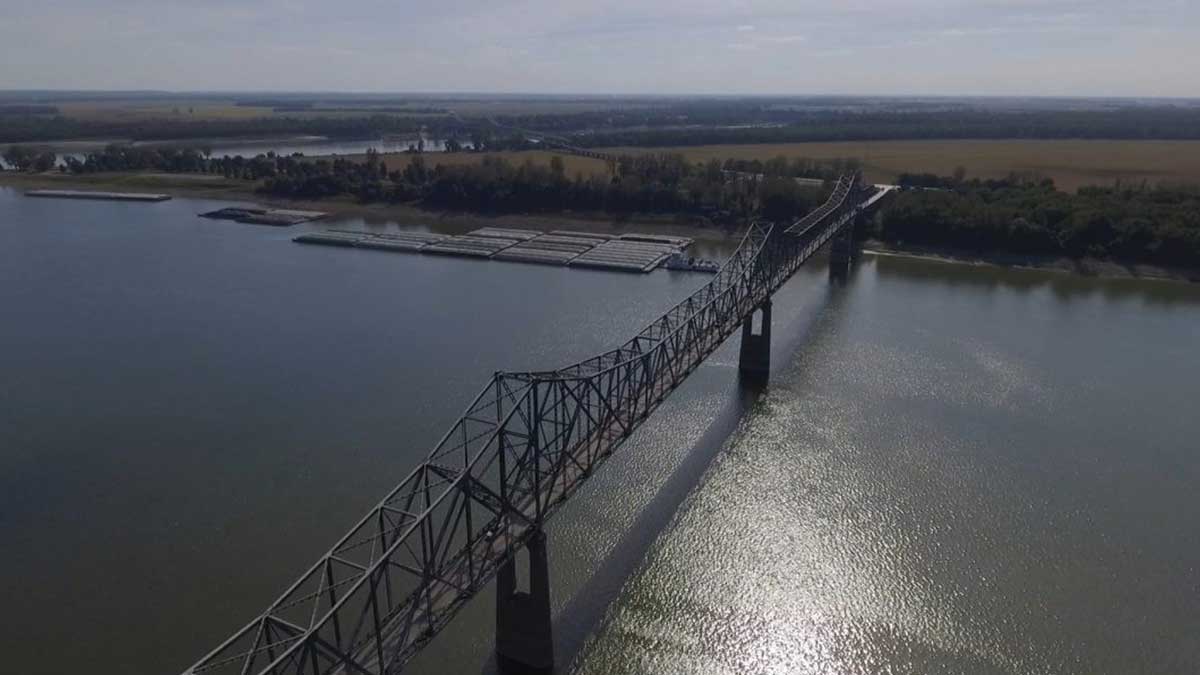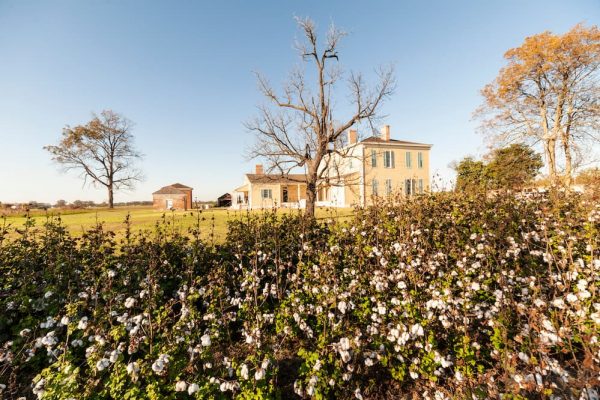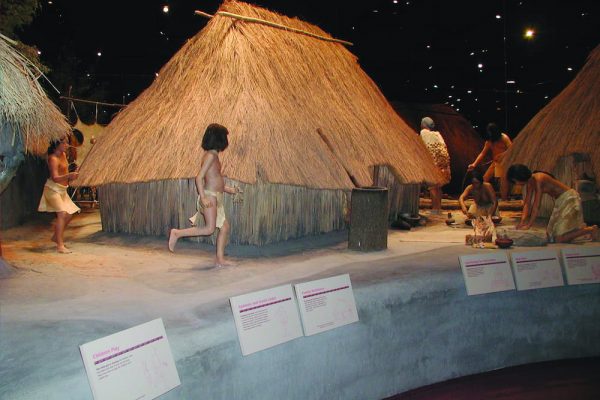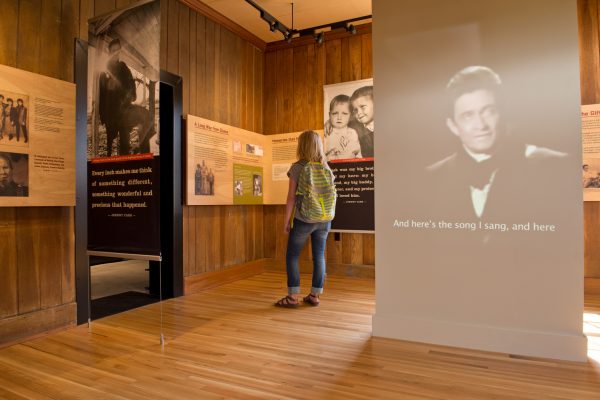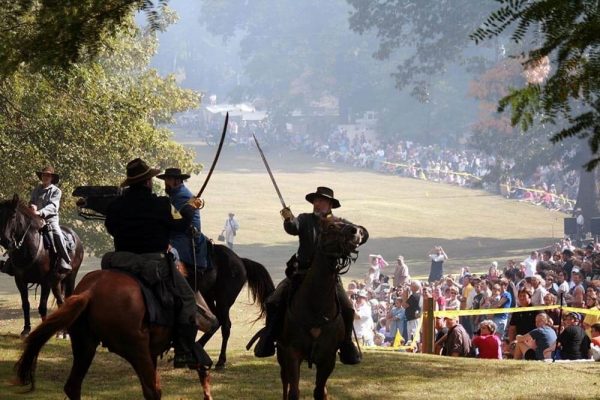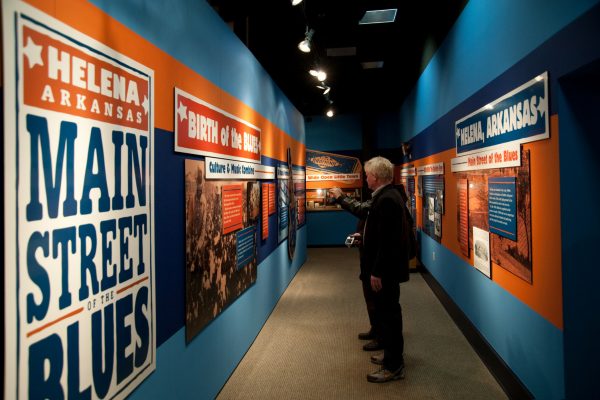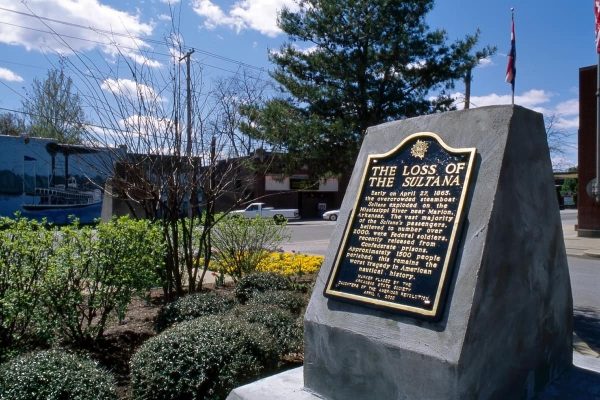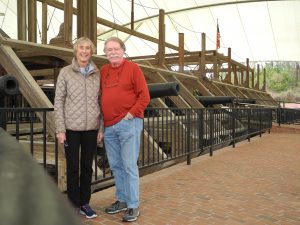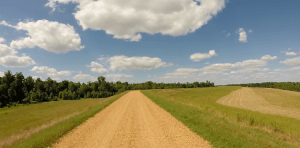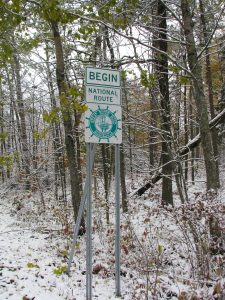There’s a lot to discover on the Great River Road (recently named one of the country’s newest All-American Roads). Here’s a look at a few unique events and attractions you can find along the route that you might not have heard of before.
Wings Over the Prairie Festival, Arkansas
Stuttgart, Arkansas—located about an hour southeast of Little Rock—is home to a unique event every Thanksgiving week: the World’s Championship Duck Calling Contest & Wings Over the Prairie Festival. This annual celebration is the largest outdoor expo in the mid-South promoting duck hunting, a popular activity in the Arkansas Delta. The event includes a Queen Mallard pageant, several duck calling contests, outdoor exhibits, games, midway rides, food, vendors and much more.
Stuttgart is also home to the Museum of the Arkansas Grand Prairie, one of the Great River Road’s official Interpretive Centers.
Popeye the Sailor Man, Illinois

Photo: Great Rivers County
Travel the Great River Road in Illinois to discover the hometown of Popeye the Sailor Man. Chester, Illinois (population: 8,300) was the home of Popeye creator Elzie C. Segar, and a statue of his famous character can be found in Segar Memorial Park. Head to the Chester Welcome Center, where you can learn more about the Popeye & Friends Character Trail.
National Pearl Button Museum, Iowa
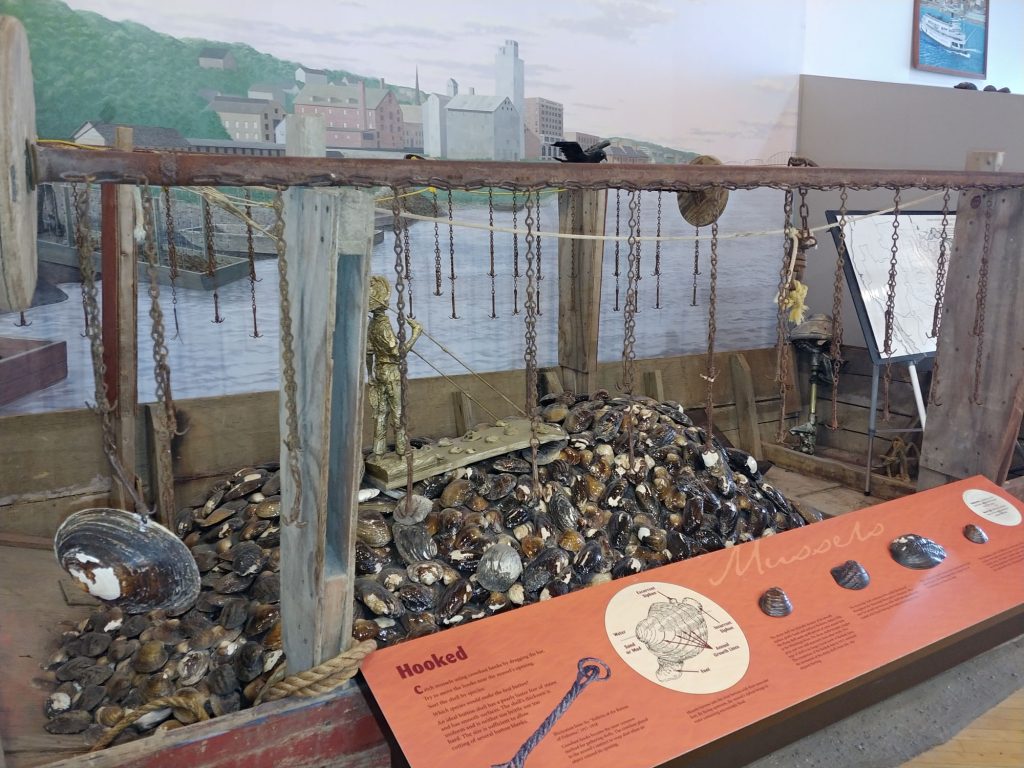
Photo: Paula Mayer
Did you know that the Great River Road town of Muscatine, Iowa, is the Pearl Button Capital of the World? Pearl buttons—made from clamshells found in the Mississippi River and other waterways—were a big business in the late 19th and early 20th centuries, signifying wealth and prestige. By the early 1900s, Muscatine produced 1.5 billion buttons annually, accounting for 37 percent of the world’s total production. Learn about this unique industry and the history of Muscatine at this interesting museum in downtown Muscatine.
Tiger Stadium and Mike the Tiger, Louisiana

Photo: Louisiana State University
How many college campuses have a real-live tiger on campus? That’s the case at Louisiana State University (LSU to college football aficionados), located in Louisiana’s capital of Baton Rouge. Whether you’re in town on a Saturday for a game at Tiger Stadium (a bucket list item for any college football fan) or just visiting the campus, you can find the habitat of LSU’s favorite feline Mike the Tiger on North Stadium Drive across from the stadium. Mike is usually outside every day between 8am and 8pm (but if you miss him, you can always check out his webcam).







